I tested the new Nikon Z6 III for high-speed action, and I’m already considering upgrading my Z6 II
Nikon strikes again with a superb full-frame mirrorless camera
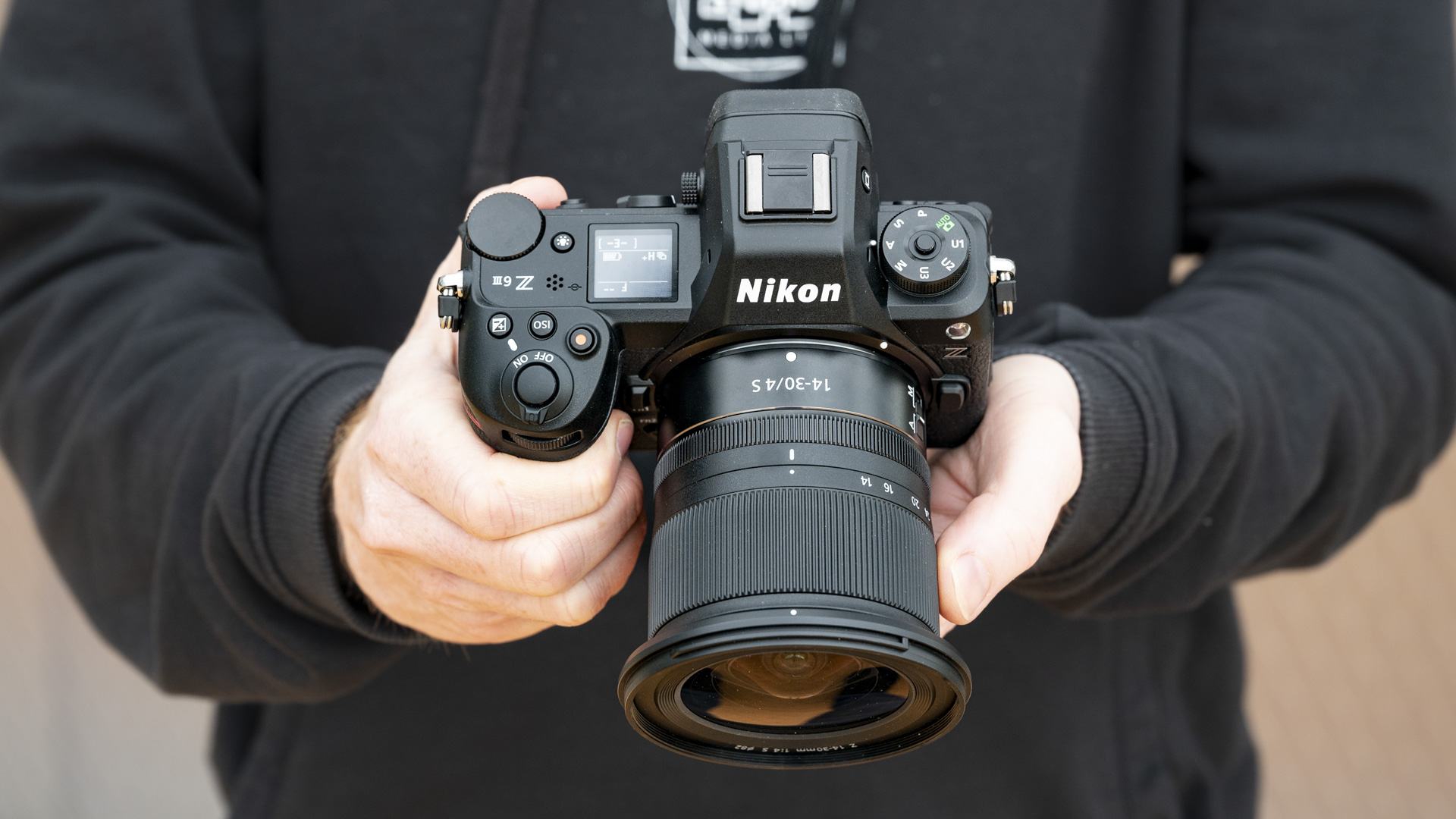
The Nikon Z6 II has been my go-to camera for personal and professional work over the last two years, and it’s proved a superb all-round mirrorless camera that I’ve come to rely on for photo and video – but it might not be my go-to for much longer.
That's because I've just been briefed on the new Nikon Z6 III, with the briefing followed by a hands-on session capturing basketball players in action, and I immediately want the latest model instead.
Nikon has packed in several sizable upgrades that make the Z6 III one of the best hybrid mirrorless cameras available for the money – seemingly giving it the edge over impressive rivals like the Canon EOS R6 II and the due-for-an-upgrade Sony A7 IV, although I'll have to wait until I've put the Z6 III through TechRadar's intensive review process before passing a definitive verdict.
I've already written about the three improvements over the Z6 II that I wanted to see in its successor, and the Z6 III delivers on all counts, with better autofocus, faster performance, and design tweaks such as a vari-angle screen, plus it has a few surprising best-in-class features, especially for video.
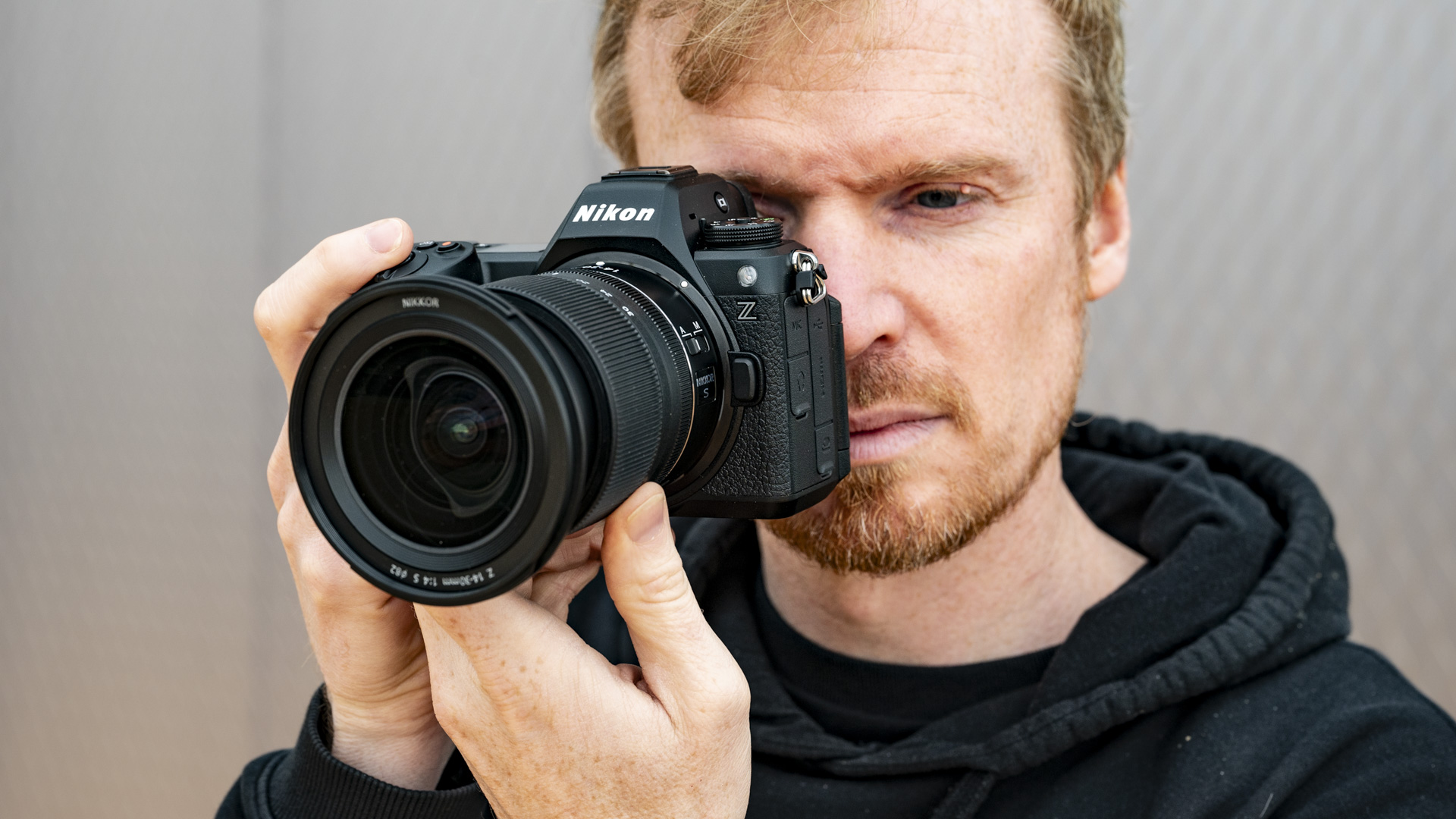
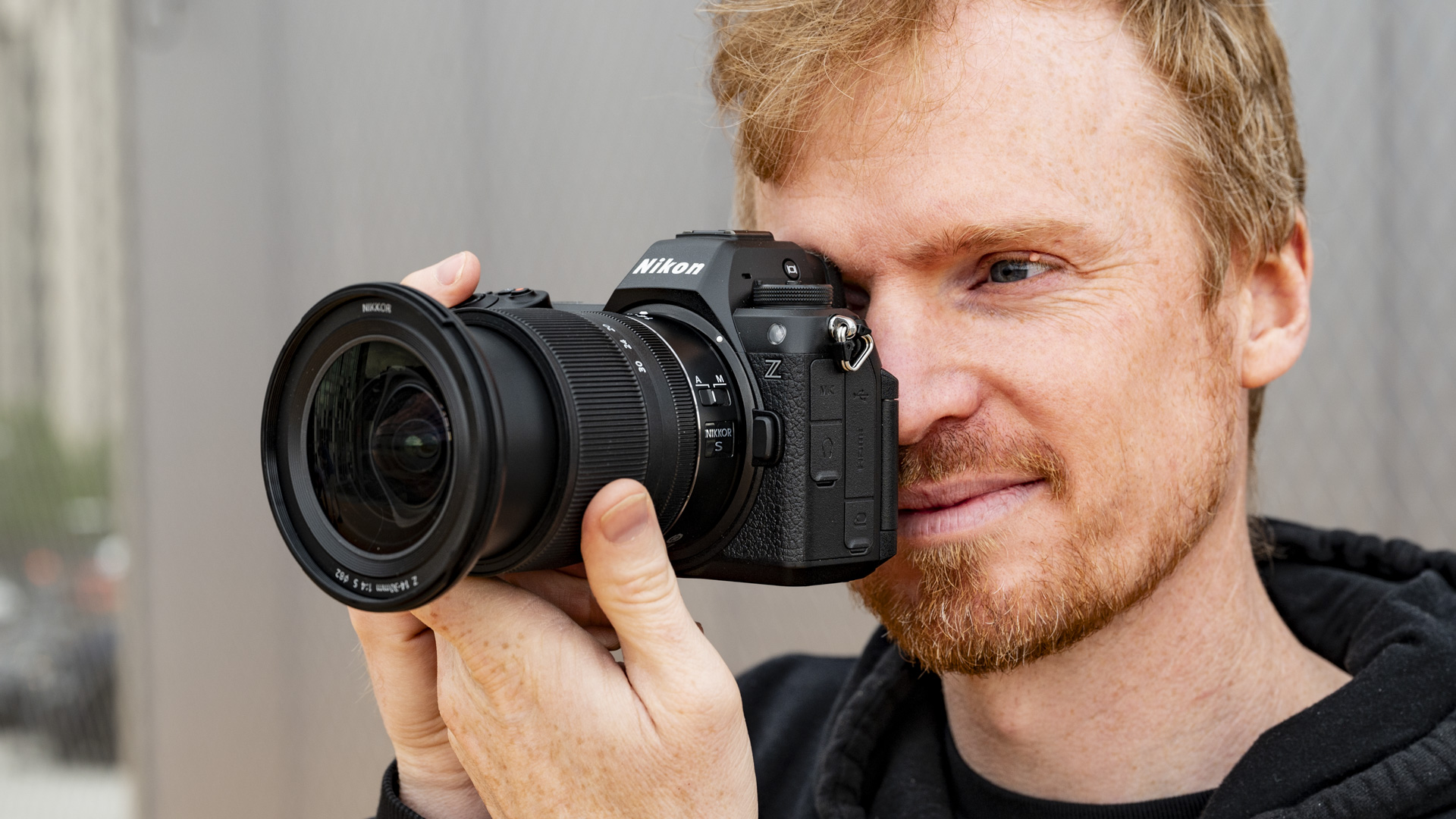
The full-frame sensor has the same 24.5MP resolution as the Z6 II, but here it's a 'partially stacked' sensor with best-in-class readout speeds – the pricier Nikon Z8 and Z9 have faster-still stacked sensors. I'll unpack what a partially stacked sensor means in my full review, but in simple terms it's 3.5x quicker than the regular sensor in the Z6 II, and can better control rolling shutter distortion.
You also get the same autofocus performance as the Z8 and Z9 – that means Nikon's best-ever autofocus, with the latest subject-detection options. When I took my Z6 II on a recent wildlife safari trip, I hankered for the improved autofocus of the Z8 – I felt like the Z6 II's subject detection wasn't a patch on the Z8.
The Z6 III's autofocus performance is one of the biggest improvements over the Z6 II, and the AF proved sticky and responsive when photographing quick and erratically-moving basketball players. The system is also sensitive down to -10EV, which makes it just about the best-performing autofocus system in low light.
Get daily insight, inspiration and deals in your inbox
Sign up for breaking news, reviews, opinion, top tech deals, and more.
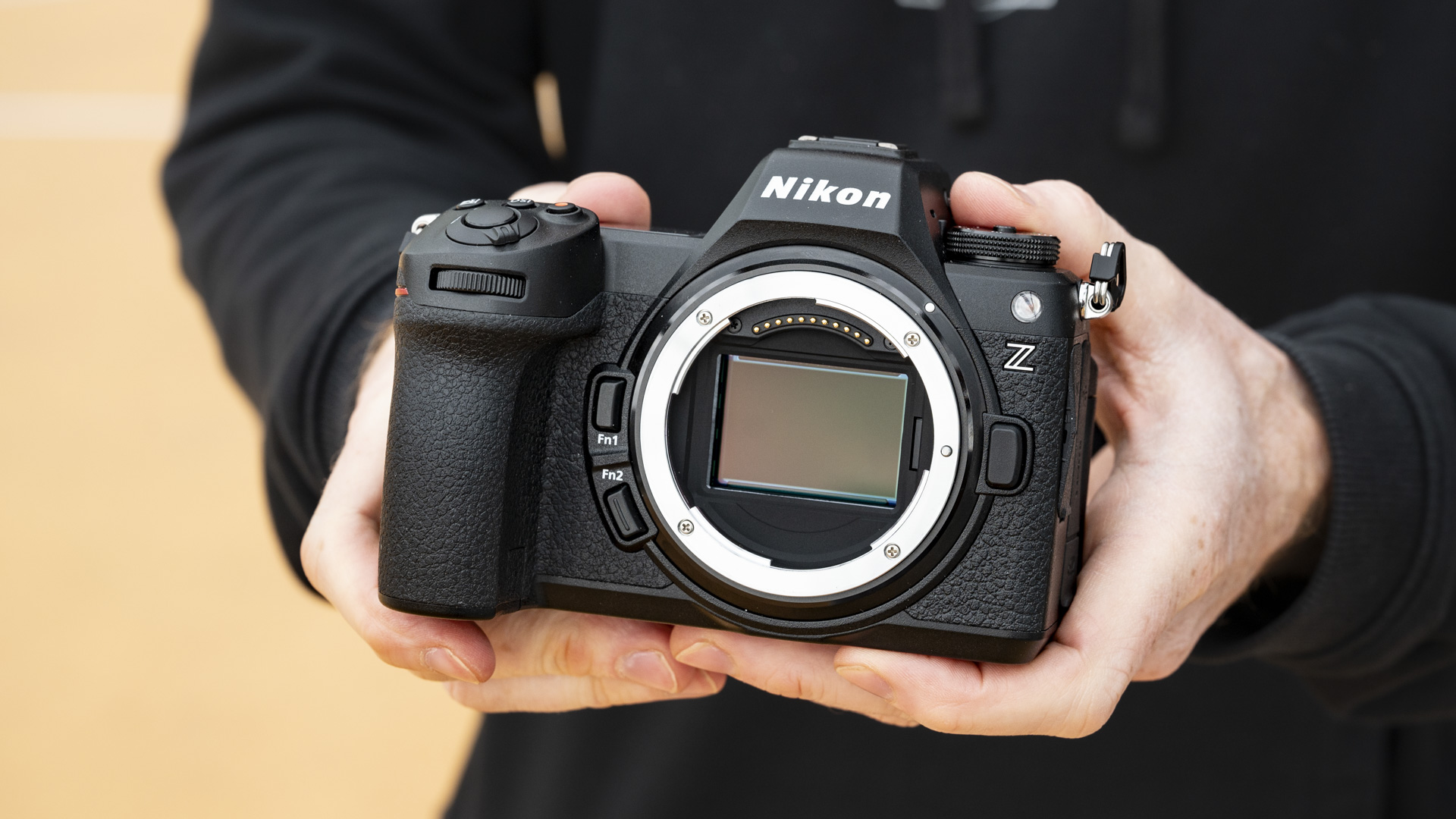

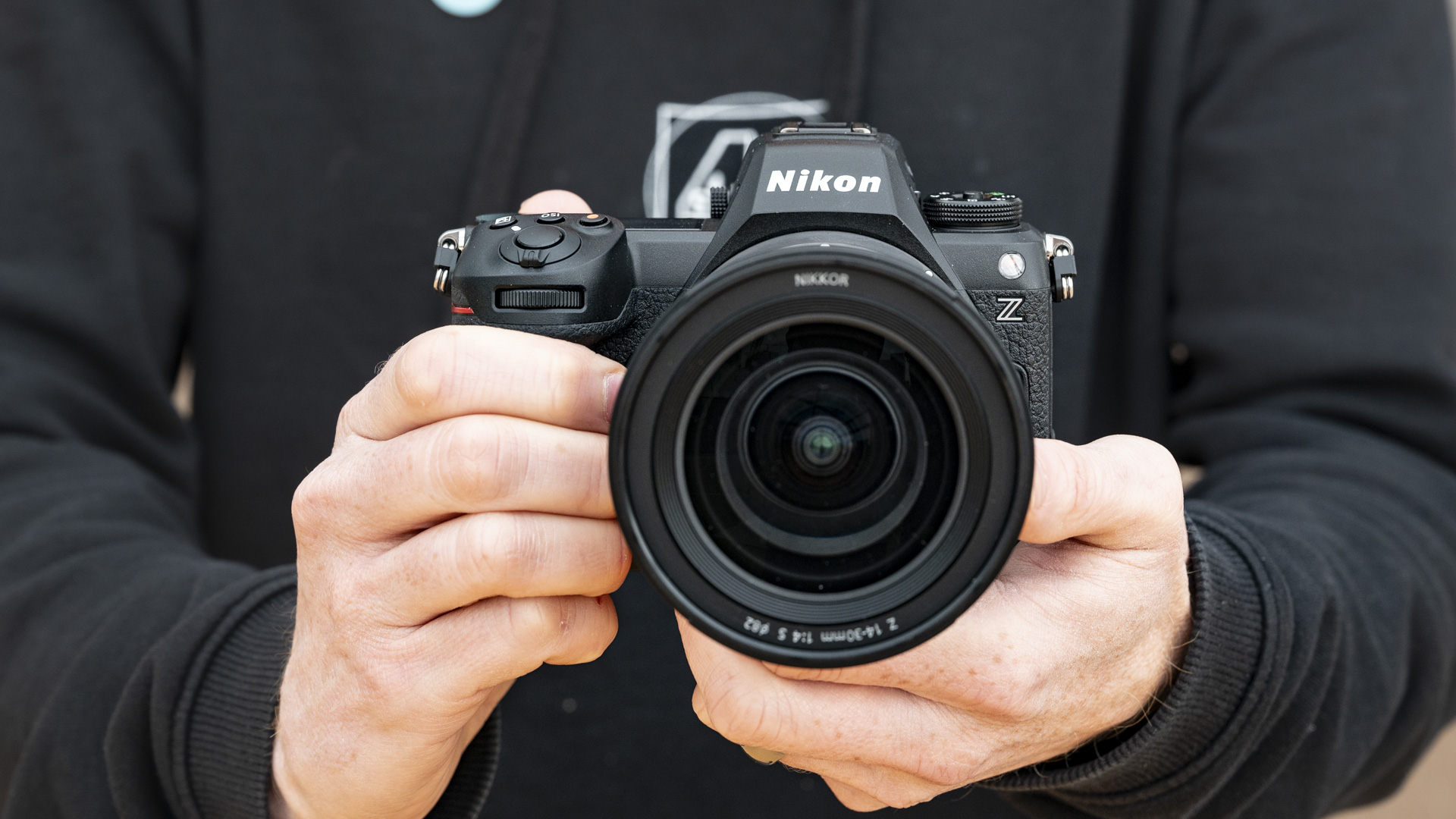
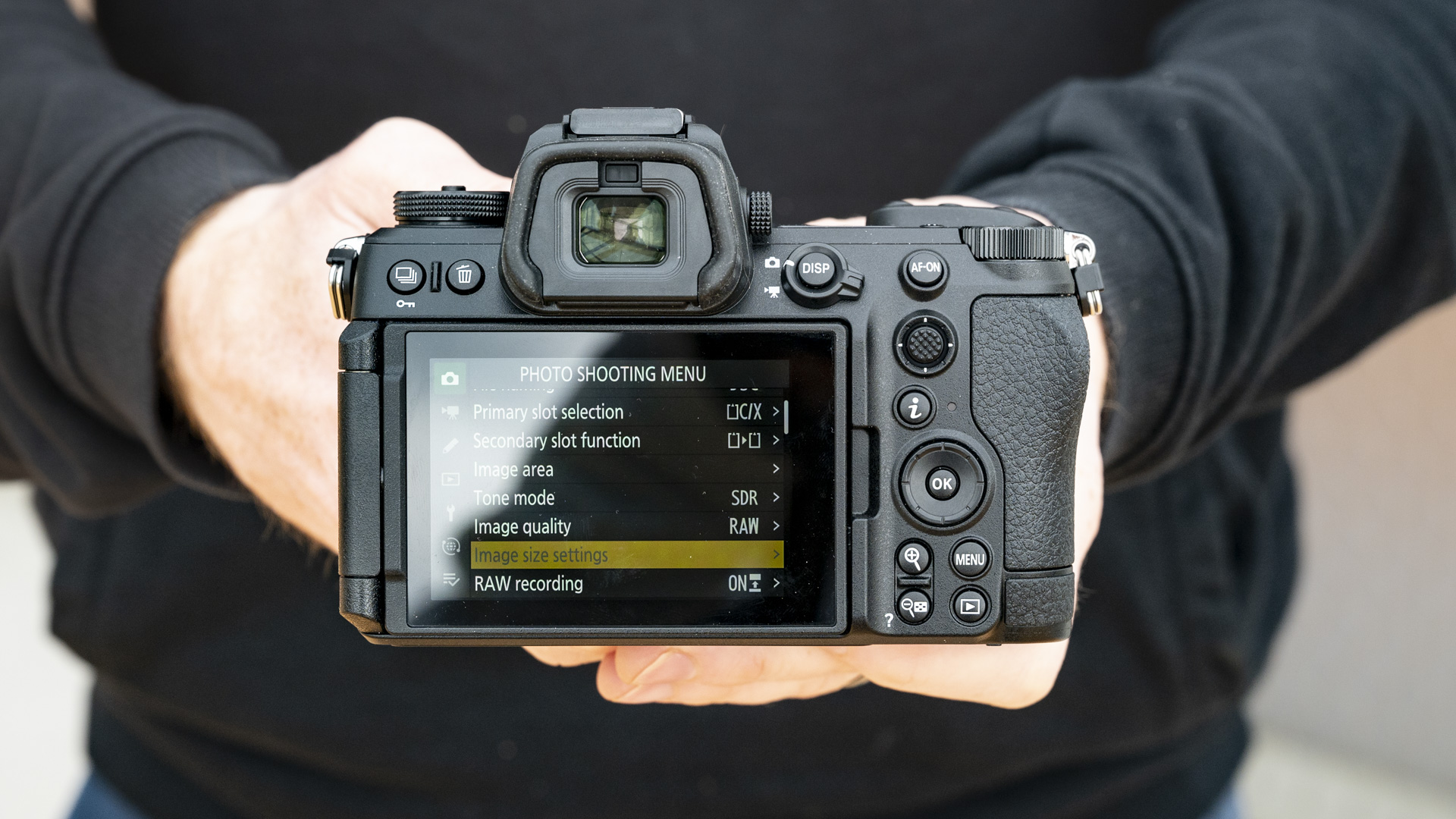
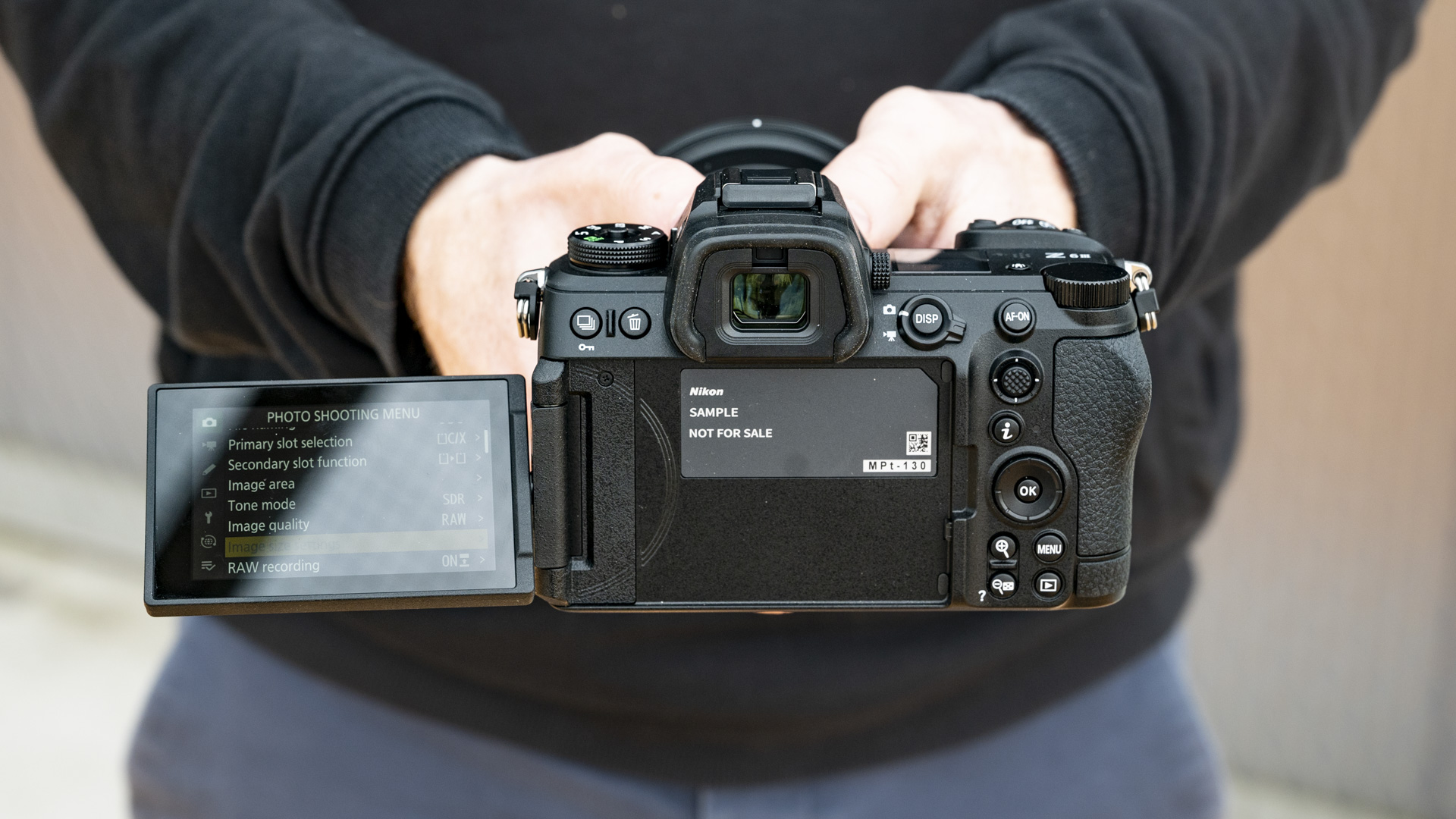
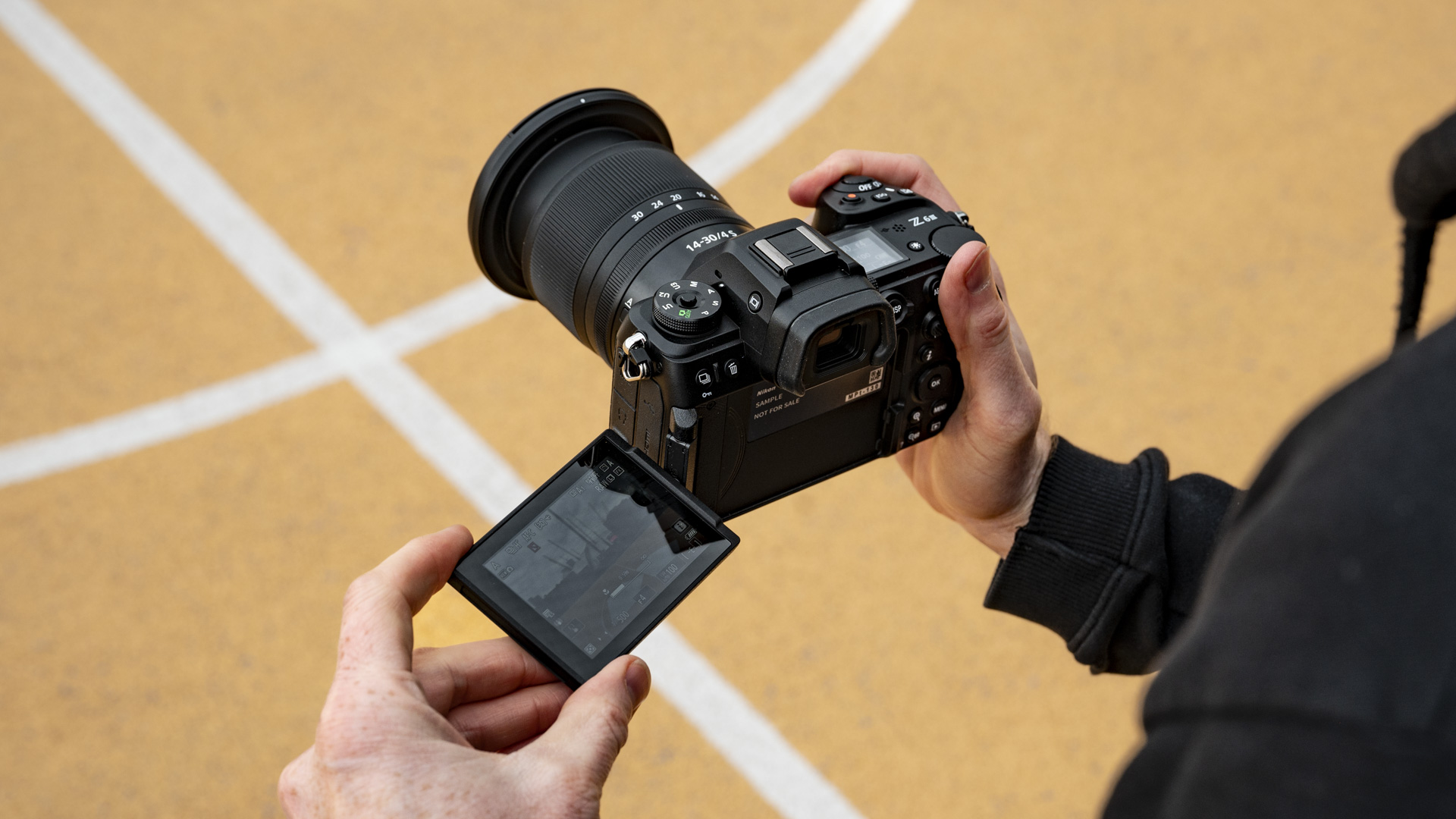
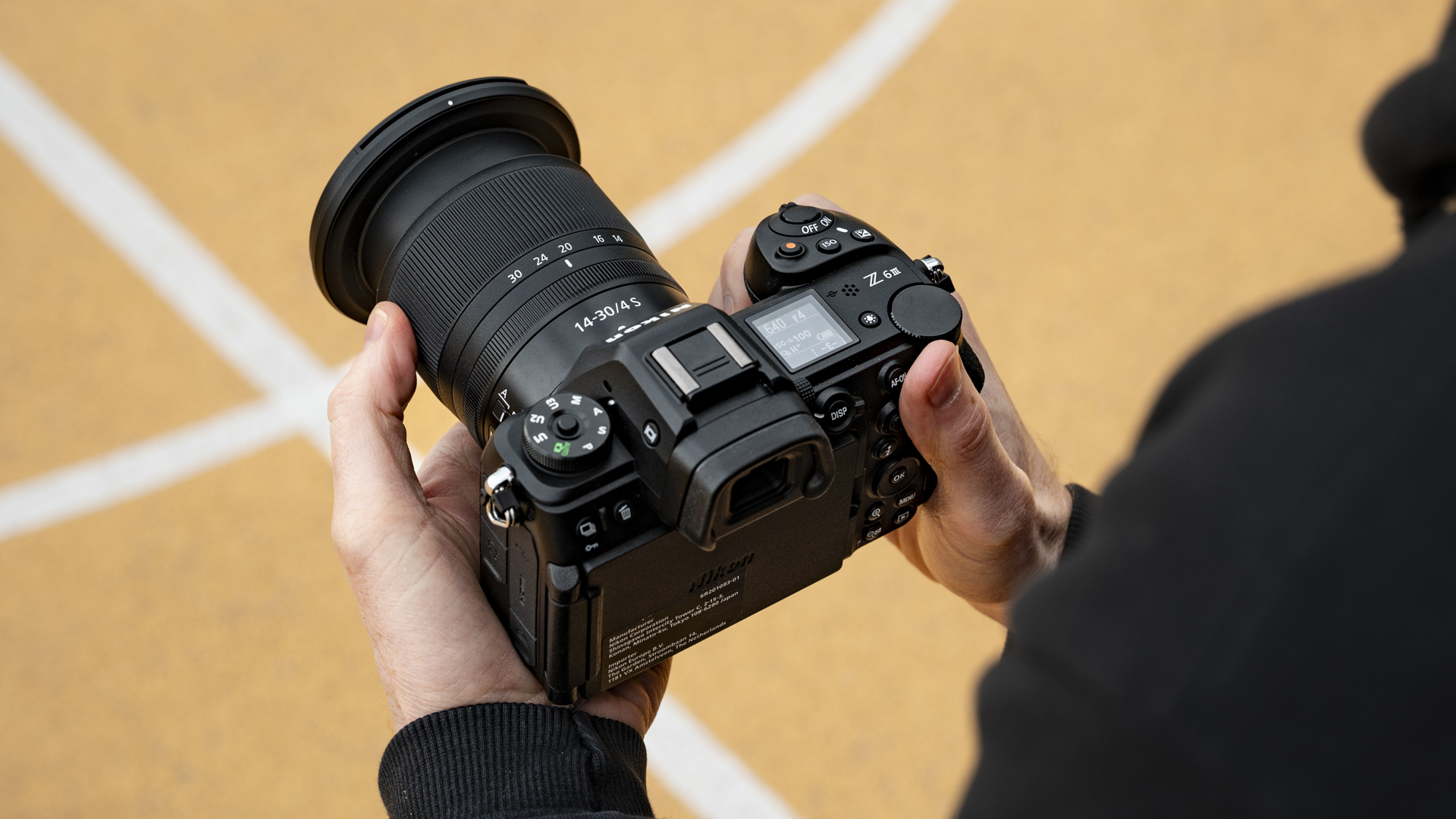
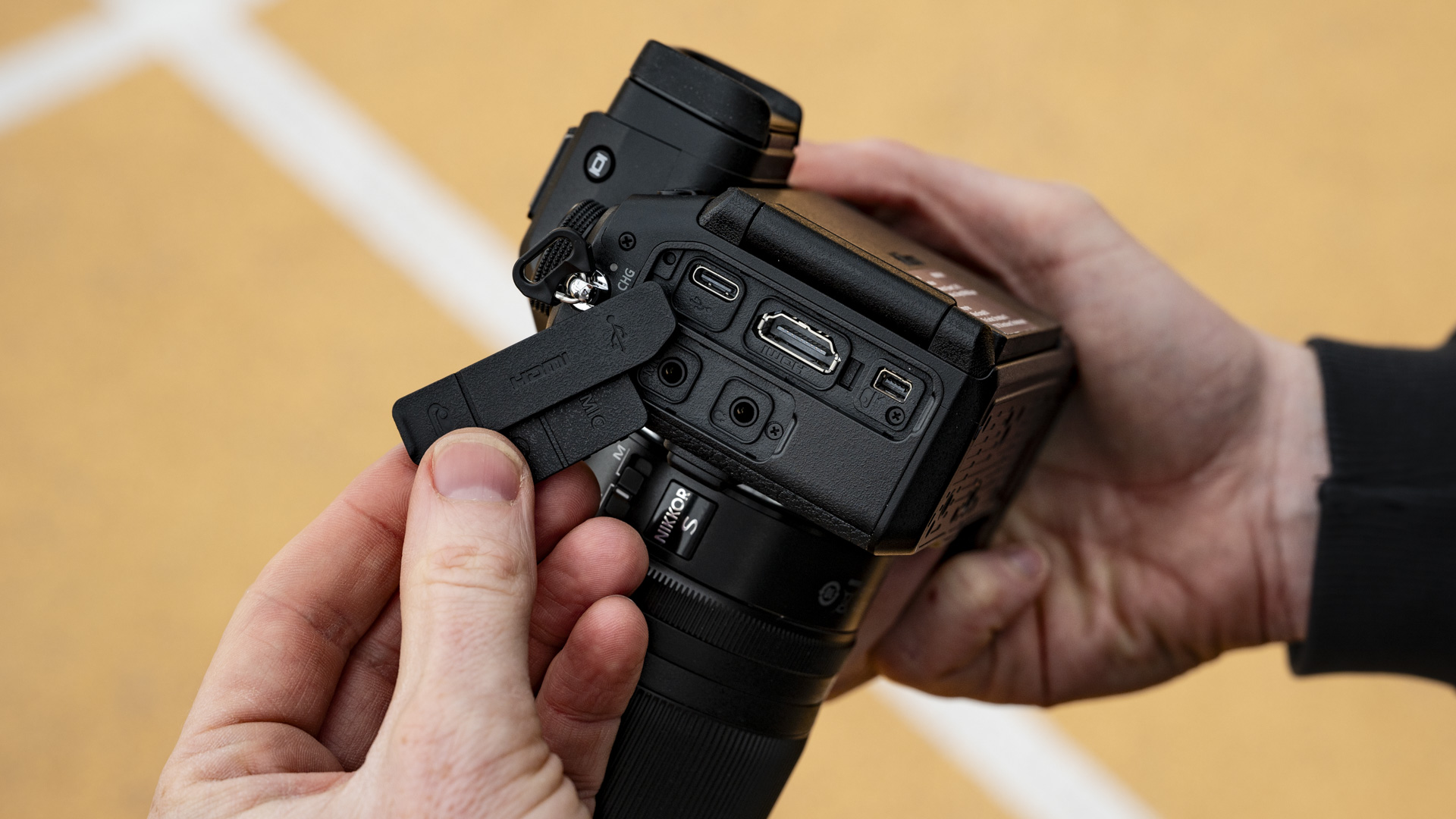
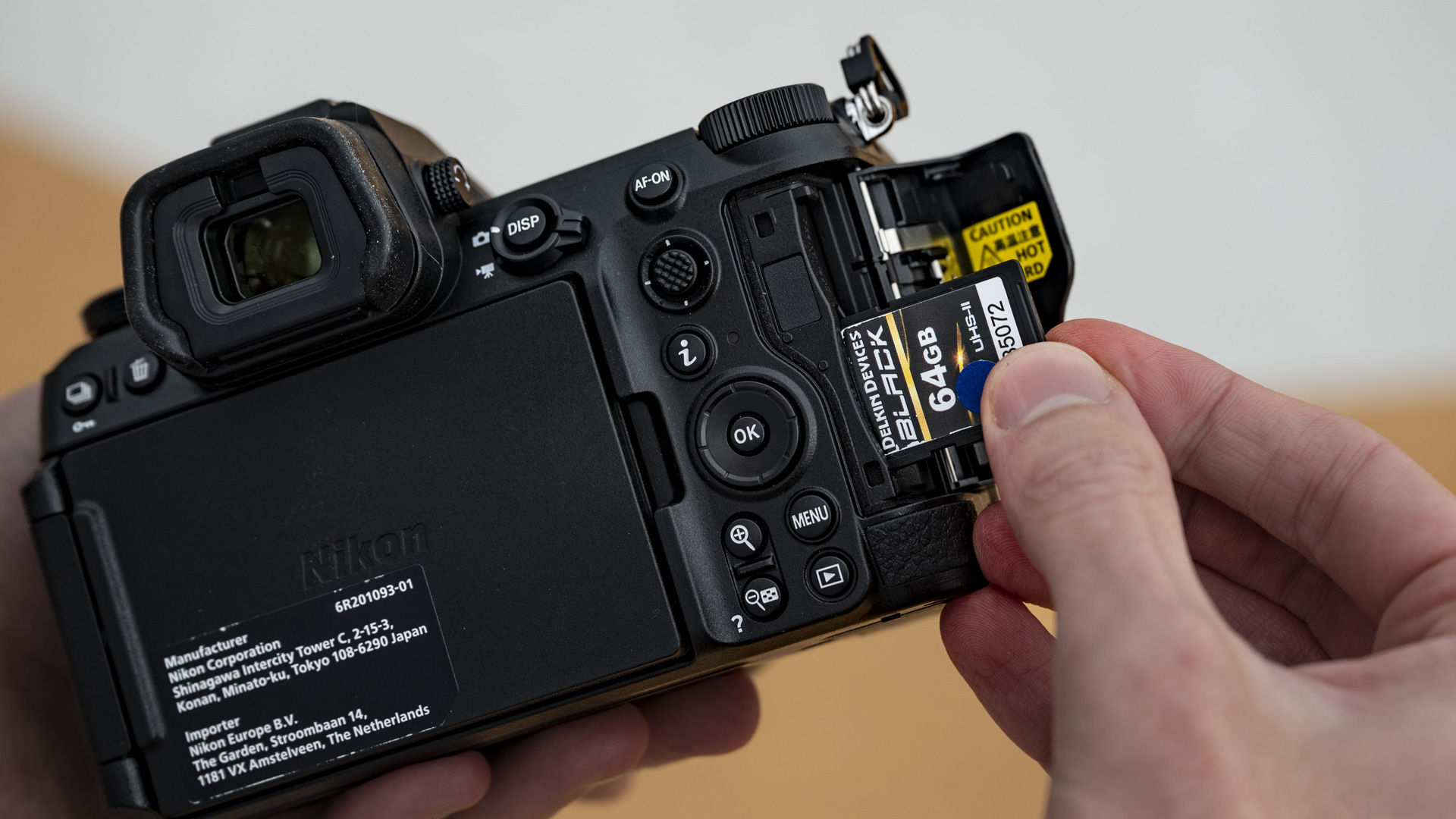
Continuous shooting is blazing fast: up to 60fps at full resolution for JPEG capture, with continuous autofocus and auto exposure. If you can live with the APS-C crop mode, that rate is upped to 120fps.
We also get better in-body image stabilization (IBIS), courtesy of the same 5-axis system as found in the Nikon Zf, which Nikon says gives up to eight stops of stabilization. I tend to find that Nikon can be a little optimistic with such claims, and I'll be carefully checking the stabilization performance during my full review.
One neat IBIS trick is a Focus Point VR mode, which is centered on your focus point rather than the center of the frame, and which Nikon says can improve image stabilization performance by one stop.
Another headline feature is the Z6 III's new EVF. It's Nikon's best ever, with a 5.76m-dot display and 60fps refresh rate, offering 4,000 nits of brightness and the DCI-P3 color gamut. Nikon says it's the brightest EVF around, with the widest dynamic range – even better than the EVF the Z8 and Z9 – and it only took me a second of using the camera to notice the improvement.
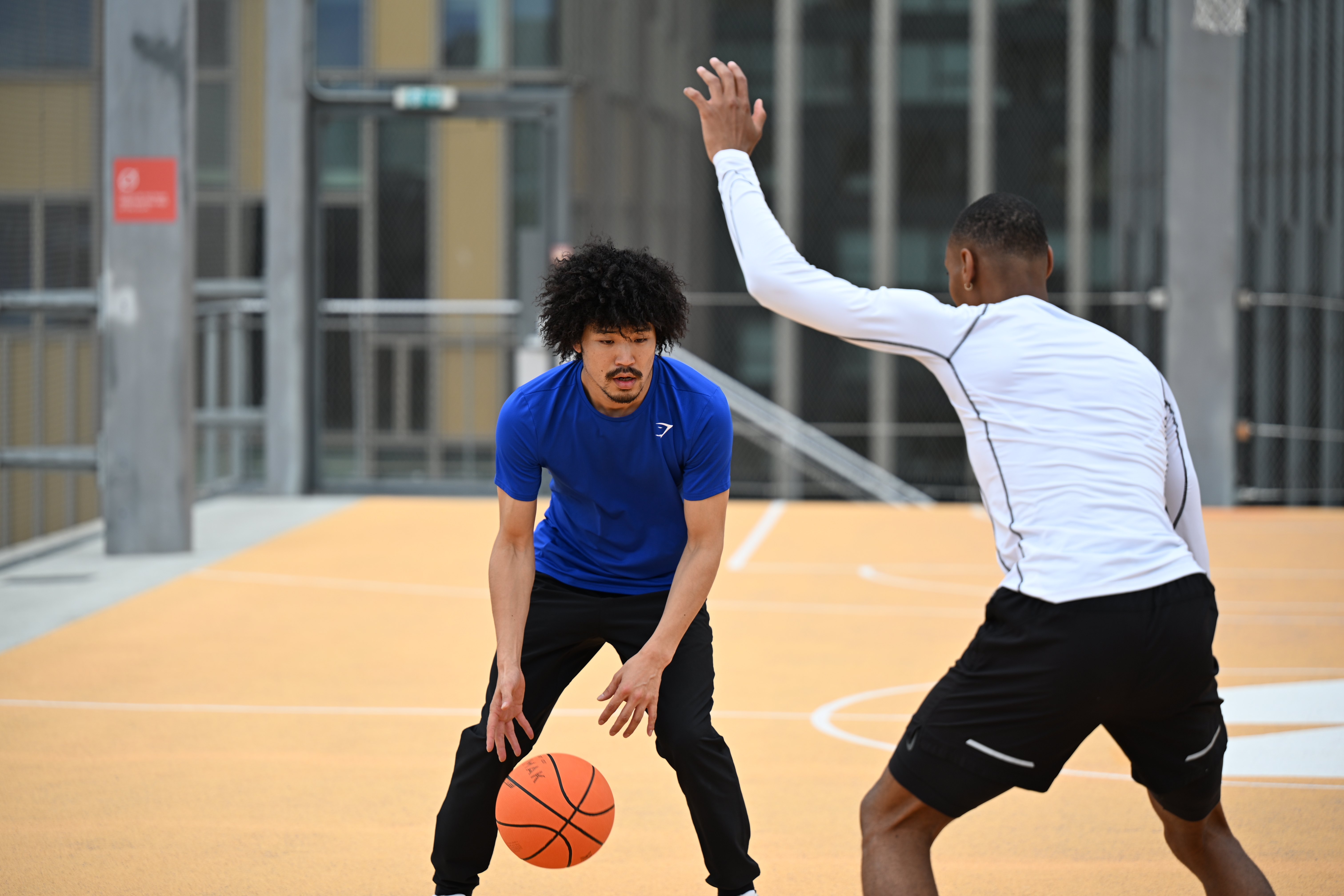
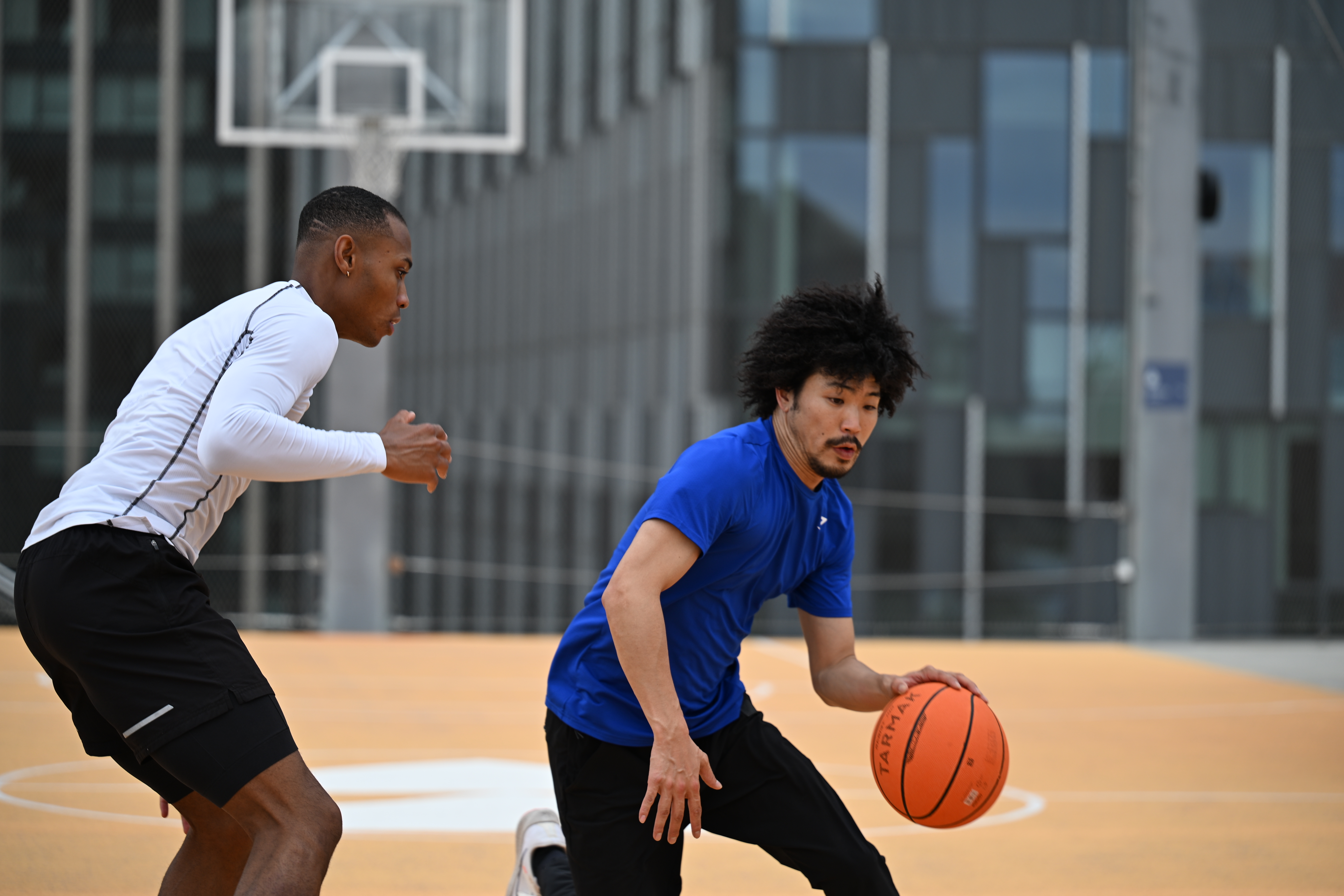
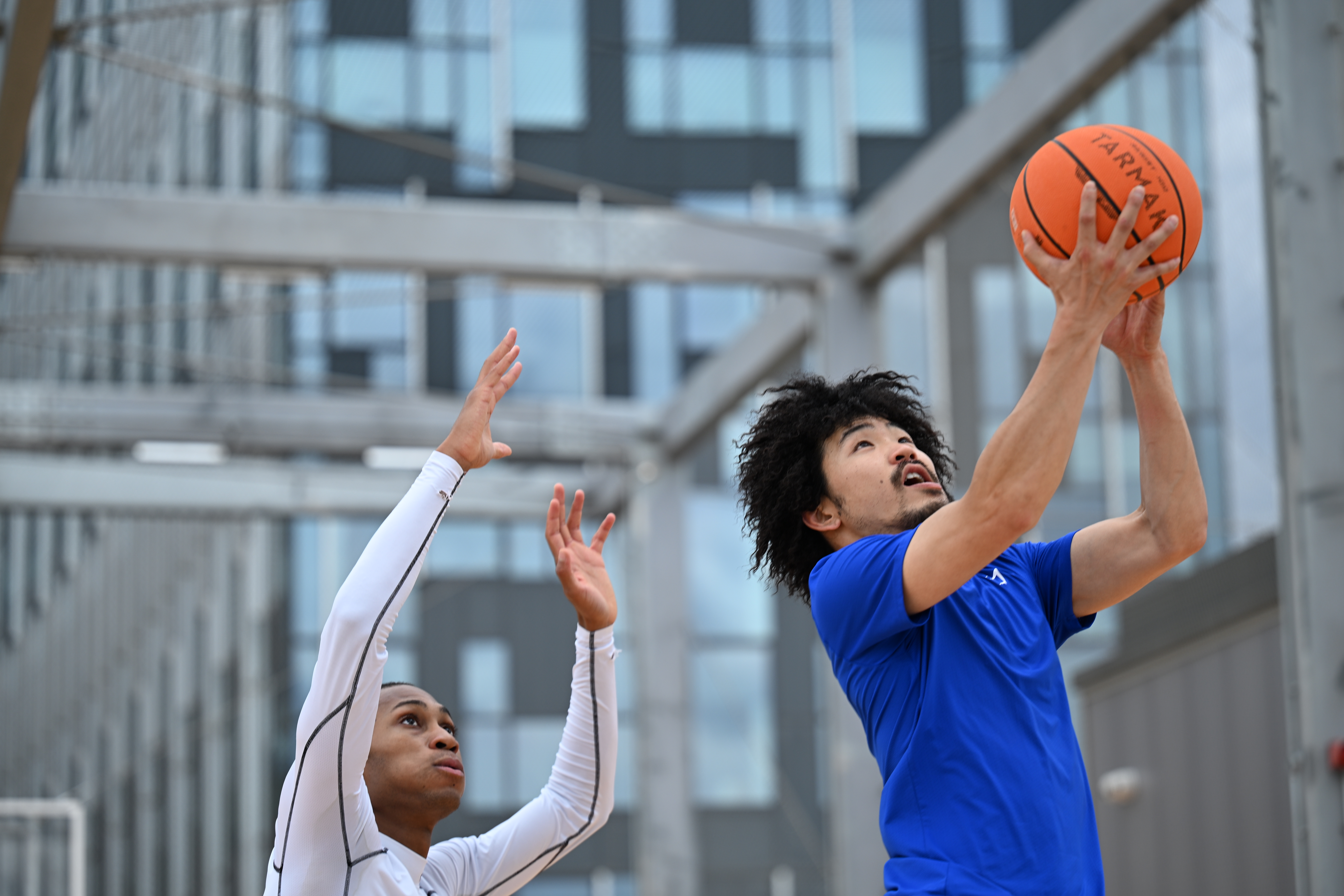
The Z6 III's video specification is super-impressive, making this a true hybrid camera: 6K and oversampled 4K raw, in-camera up to 60fps, plus regular 4K at 120fps. There's 10x slow motion up to 240fps in Full HD, plus Nikon's N-raw codec, ProRes Raw HQ, ProRes 422HQ / H.265, H.264 codecs in 12-bit raw, and 10-bit log recording. Record time is an impressive 120 minutes, and that's despite there being no cooling fan.
Build quality remains largely the same as the Z6 II. The camera weighs 1.65lbs / 750g, and is weather sealed to the same standard as Z8, capable of operating in temperatures down to -10 celsius. It has dual card slots: CFexpress B compatible with XQD, plus a SD UHS-II slot.
The body is slightly larger than the Z6 II, and that's largely down to a chunkier and more comfortable hand grip, although the Z6 III is still quite a bit smaller than the Z8. There's a new optional MB-N14 battery grip, which holds two extra batteries to triple battery life and supports USB-C charging.
The Nikon Z6 III will be available from July, priced at $2,499 / £2,699 / AU$4,499 body-only, or with a choice of lens kits – kit options can be found on Nikon's website. Nikon has also announced a new Nikon Imaging Cloud service, with more details to be revealed soon.
I wasn't prepared for how big an upgrade this third-generation model would be: it’s faster, more powerful, and comes with some welcome handling refinements that make me confident it’ll be up there with the best mirrorless cameras in 2024. I'll be filing my full review of the Nikon Z6 III soon.
You might also like

Tim is the Cameras editor at TechRadar. He has enjoyed more than 15 years in the photo video industry with most of those in the world of tech journalism. During his time as Deputy Technical Editor with Amateur Photographer, as a freelancer and consequently editor at Tech Radar, Tim has developed a deeply technical knowledge and practical experience with cameras, educating others through news, reviews and features. He’s also worked in video production for Studio 44 with clients including Canon, and volunteers his spare time to consult a non-profit, diverse stories team based in Nairobi. Tim is curious, a keen creative, avid footballer and runner, and moderate flat white drinker who has lived in Kenya and believes we have much to enjoy and learn from each other.